Simplified Oceanography By Dr. Krishnanand

Simplified Oceanography
Simplified Oceanography: Navigating the Seas with Dr. Krishnanand
Embark on an exhilarating voyage through the world’s oceans with “Simplified Oceanography” by Dr. Krishnanand. This comprehensive textbook offers a captivating exploration of oceanic phenomena, from the depths of the sea floor to the vast expanse of marine life. Whether you’re a student, researcher, or ocean enthusiast, this book provides a clear and concise understanding of the dynamic processes shaping our planet’s oceans.
Contents:Simplified Oceanography
Chapter 1: Introduction to Oceanography (Pages 5-25) Begin your journey with an introduction to the fascinating field of oceanography, exploring its scope and relevance in understanding Earth’s oceans.
Chapter 2: Atlantic: Ocean Bottom Topography (Pages 26-36) Dive into the depths of the Atlantic Ocean, unraveling its complex topography and geological features.
Chapter 3: Indian: Ocean Bottom Topography (Pages 37-46) Explore the unique characteristics of the Indian Ocean floor, from its trenches to its mid-ocean ridges.
Simplified Oceanography
Chapter 4: Pacific: Ocean Bottom Topography (Pages 47-58) Discover the vast Pacific Ocean and its diverse seafloor landscapes, including its deep-sea trenches and volcanic islands.
Chapter 5: Ocean’s Temperature (Pages 59-74) Understand the factors influencing ocean temperature variations and their impact on marine ecosystems and climate patterns.
Chapter 6: Ocean’s Salinity (Pages 75-88) Explore the distribution of salt in the world’s oceans and its importance in regulating oceanic circulation and marine life.
Simplified Oceanography
Chapter 7: Ocean’s Density (Pages 89-96) Investigate the density variations within the oceanic water column and their role in driving ocean currents and circulation patterns.
Chapter 8: Ocean Water Movement: Waves, Tides, and Ocean Currents (Pages 97-121) Unravel the dynamic movements of ocean water, including waves, tides, and currents, and their influence on coastal environments and marine ecosystems.
Chapter 9: Ocean’s Deposits (Pages 122-136) Explore the deposition of sediments on the ocean floor, from fine-grained silt to coarse sand and gravel, shaping underwater landscapes.
Simplified Oceanography
Chapter 10: Corals: Reef-Atoll Theory, Clive Wilkinson Report Review (Pages 137-157) Delve into the fascinating world of coral reefs, including their formation, ecological significance, and the challenges they face in the modern world.
Chapter 11: Marine Resources: Biotic, Mineral, and Energy (Pages 158-170) Examine the diverse array of resources found in the oceans, from fisheries and marine biodiversity to minerals and energy sources.
Chapter 12: Law of the Sea (UNCLOS) (Pages 171-183) Understand the legal frameworks governing ocean governance and management, including the United Nations Convention on the Law of the Sea (UNCLOS).
Simplified Oceanography
Chapter 13: Marine Pollution (Pages 184-190) Investigate the sources, impacts, and mitigation strategies of marine pollution, including plastic pollution, oil spills, and chemical contaminants.
Chapter 14: Sea Level Changes (Pages 191-201) Explore the factors driving sea level changes, including global warming and glacial melt, and their implications for coastal communities and ecosystems.
Chapter 15: Blue Economy (Pages 201-210) Discover the concept of the blue economy, emphasizing sustainable development and resource management in coastal and marine environments.
“Simplified Oceanography” by Dr. Krishnanand is your essential guide to understanding the complex and dynamic world of Earth’s oceans. With clear explanations, captivating illustrations, and up-to-date research, this book will deepen your appreciation for the wonders of the marine world. Whether you’re a student, researcher, or ocean enthusiast, this book is your passport to exploring the vast blue expanse that covers over 70% of our planet.
Follow The Author On Facebook
Subscribe The Author On Youtube
Follow The Author On Instagram


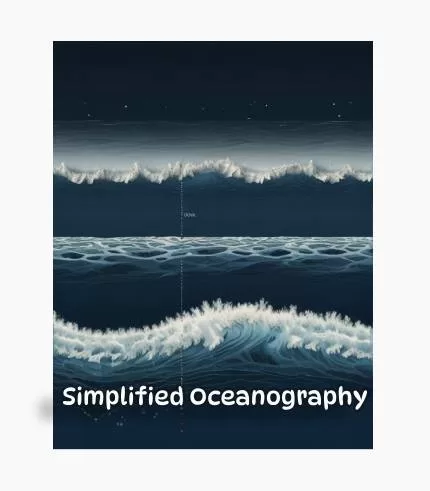

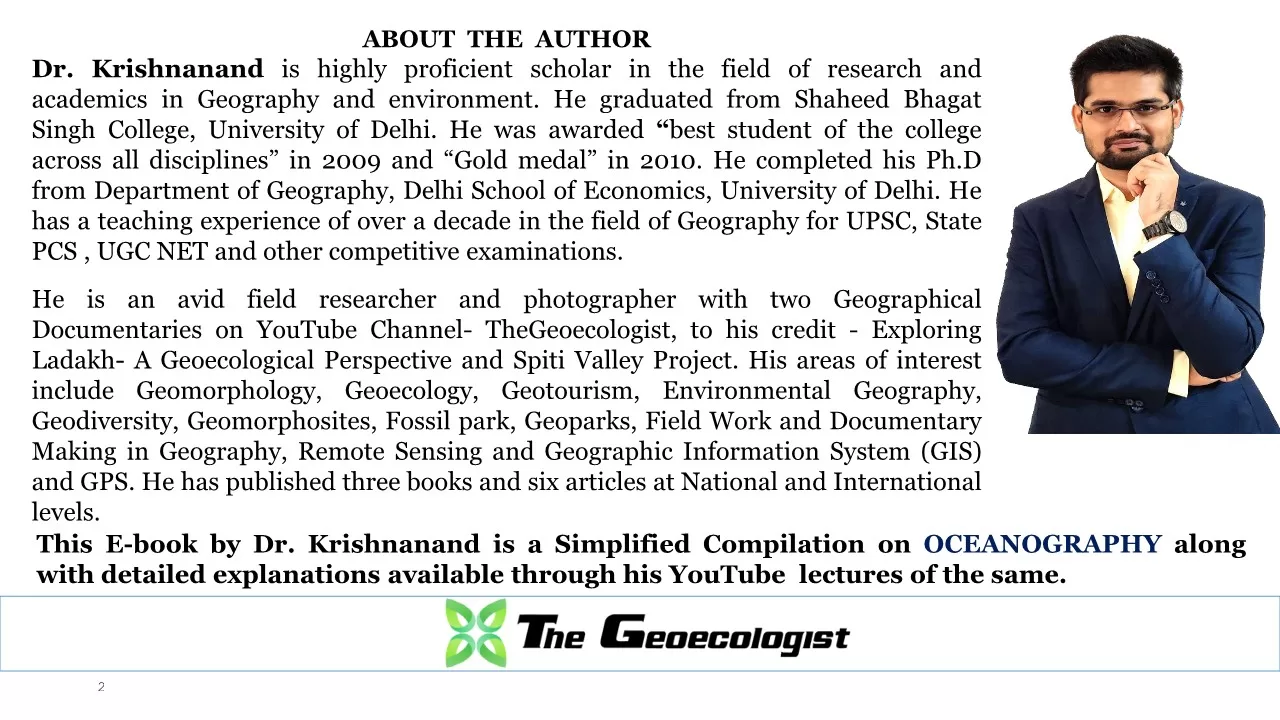
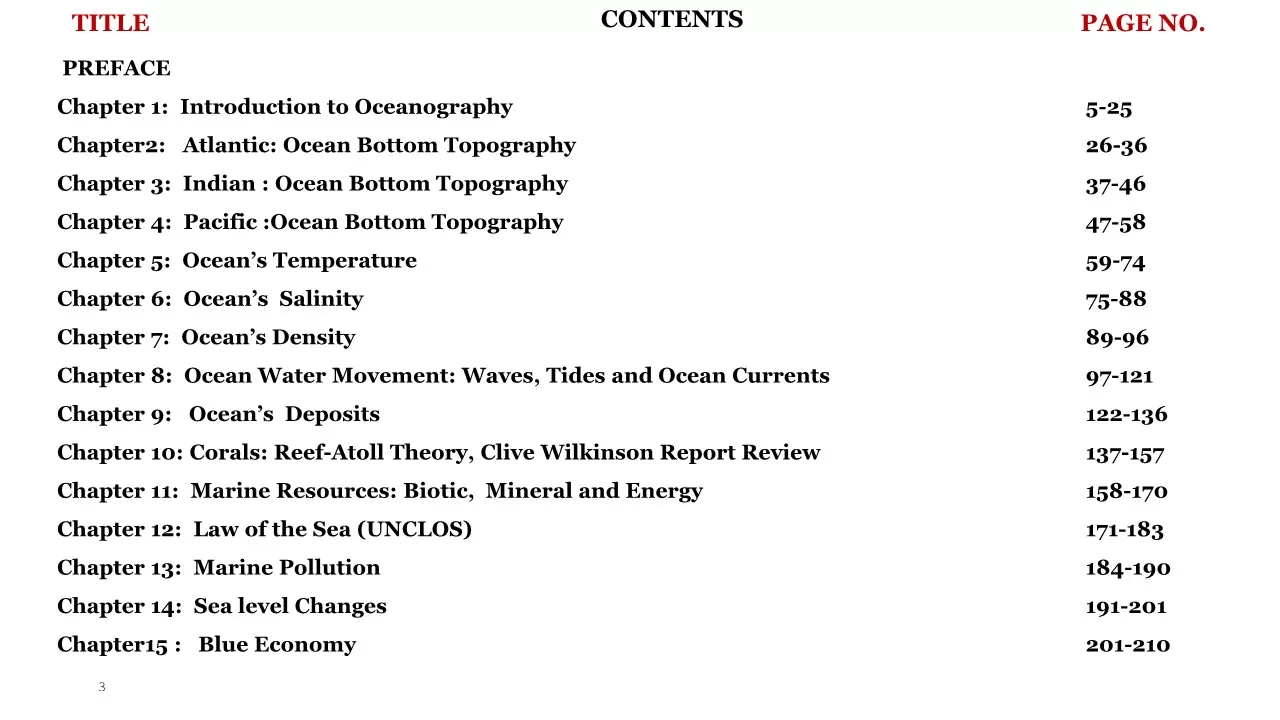

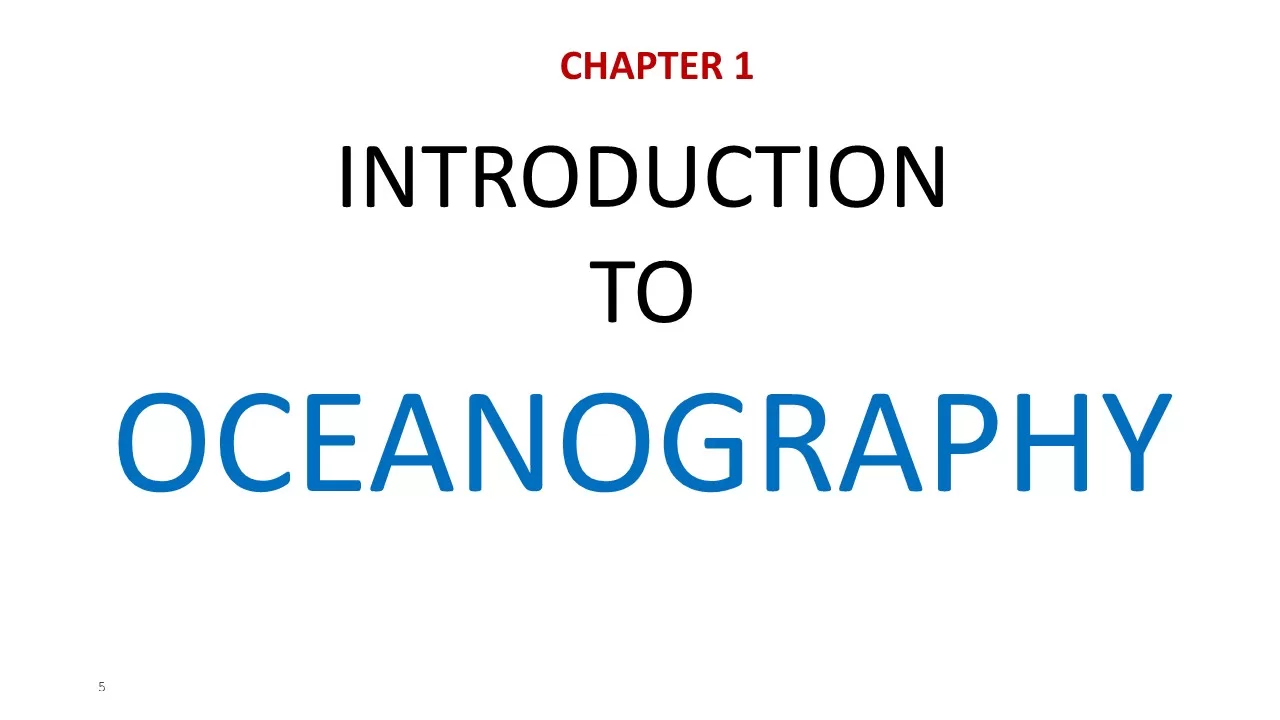
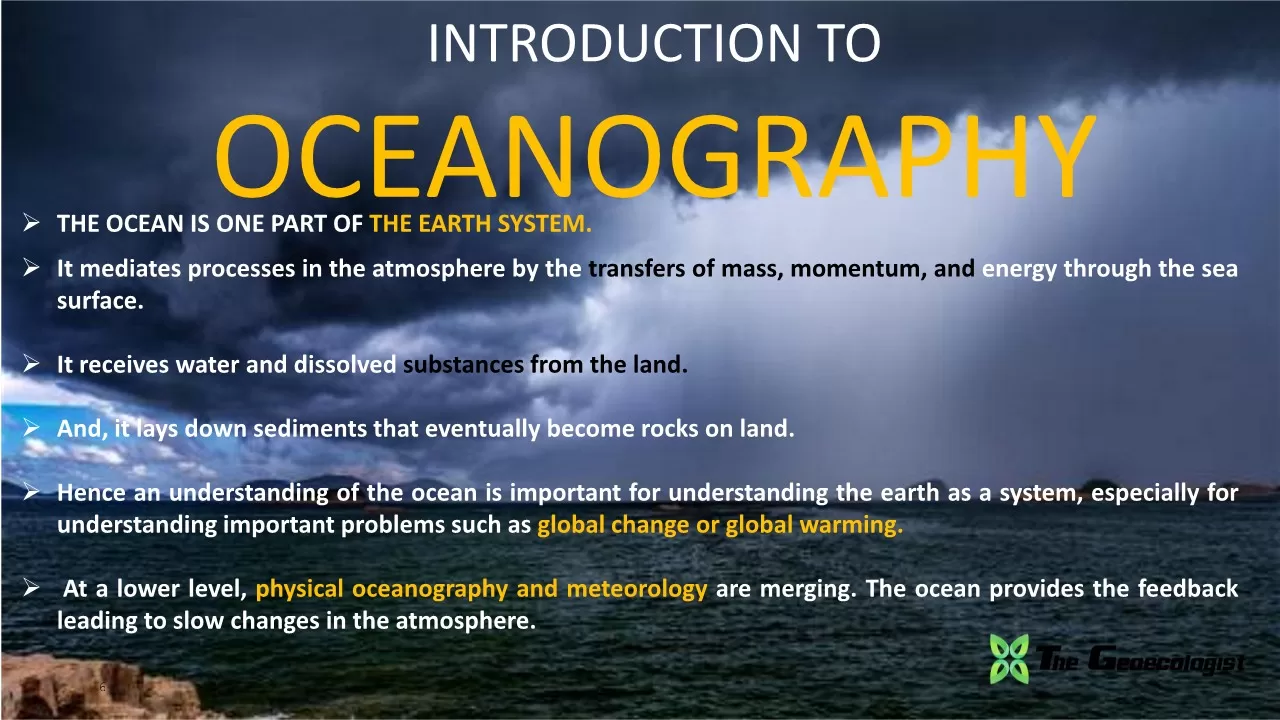

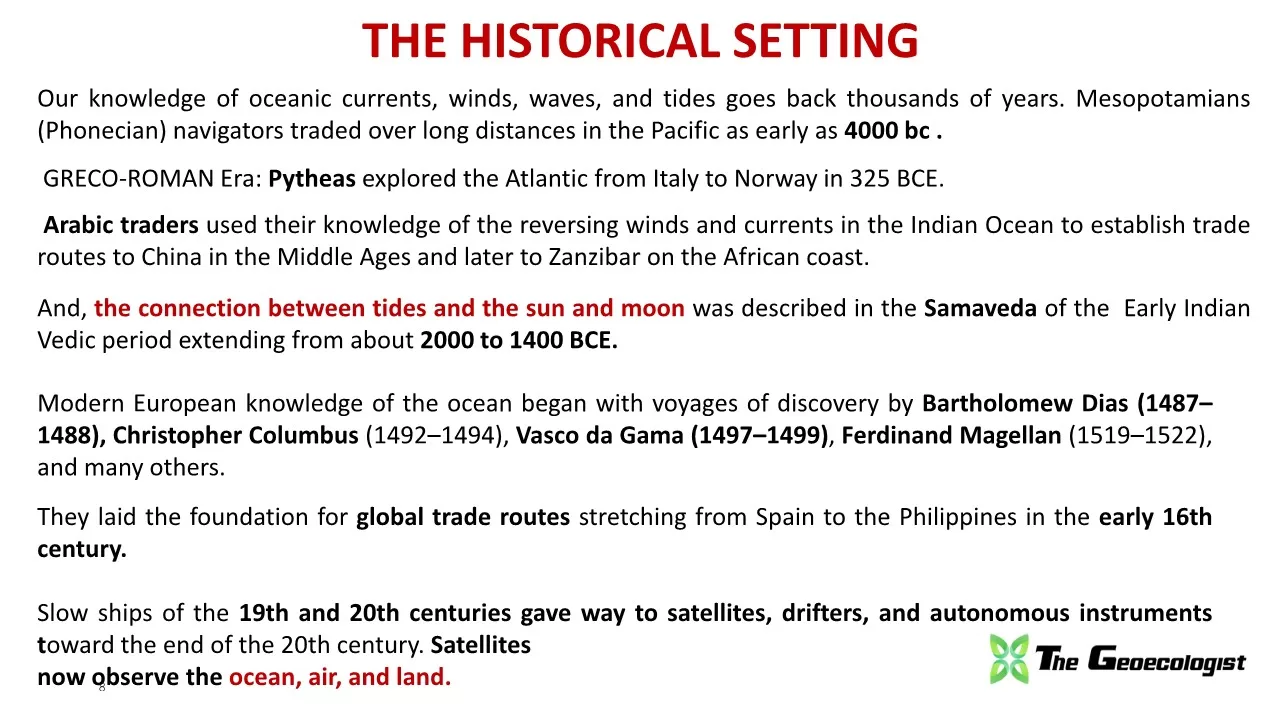

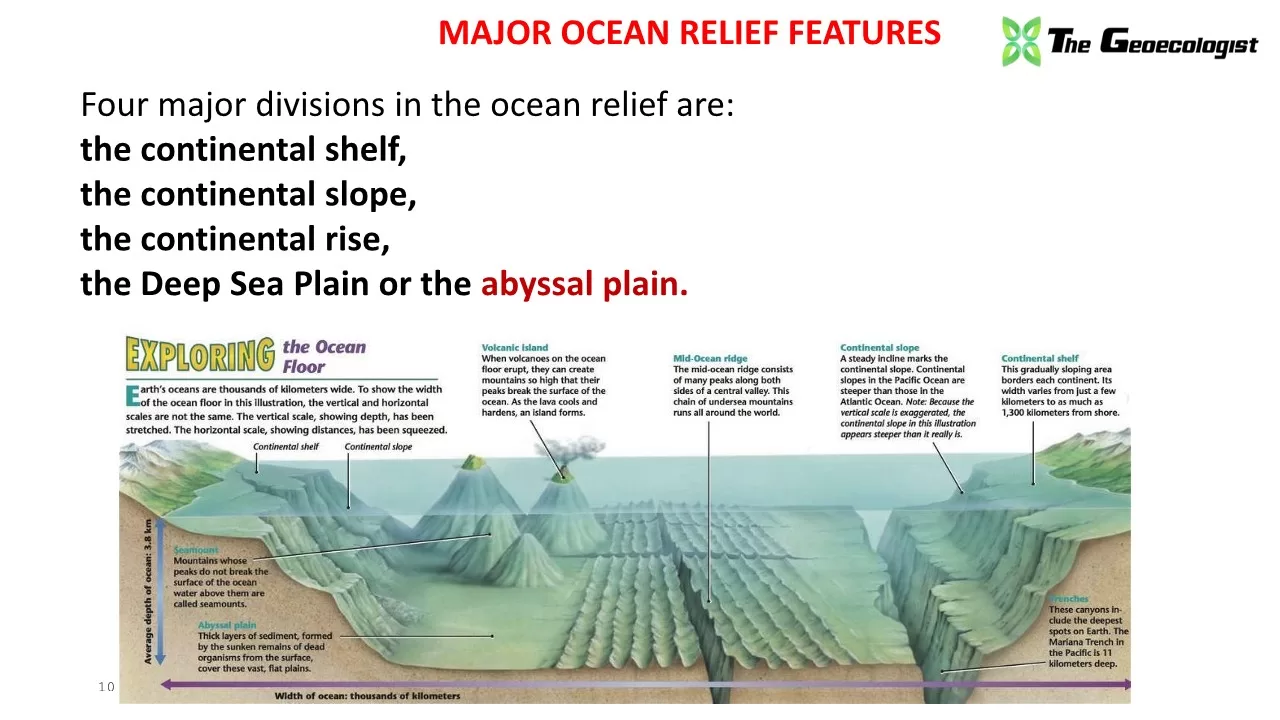











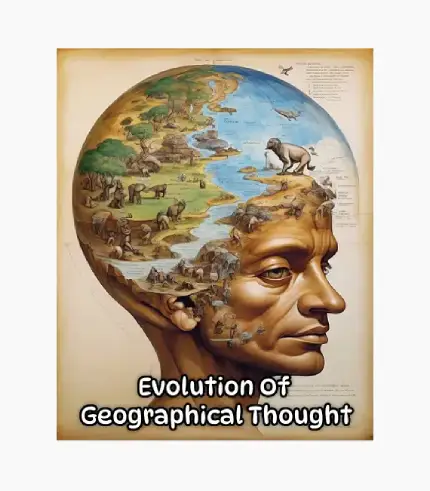

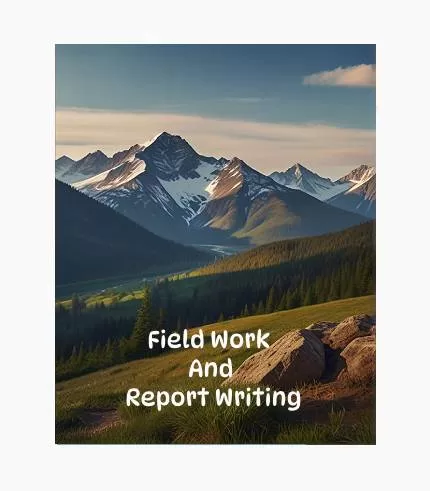





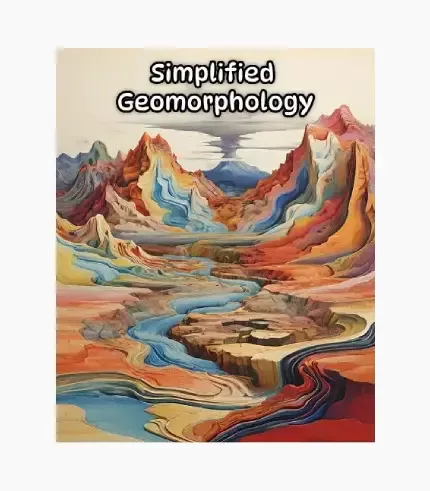



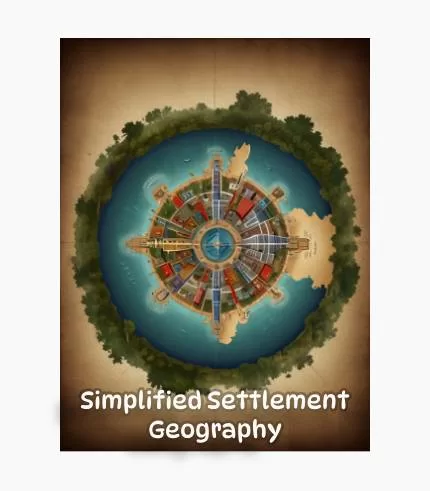



Reviews
There are no reviews yet.